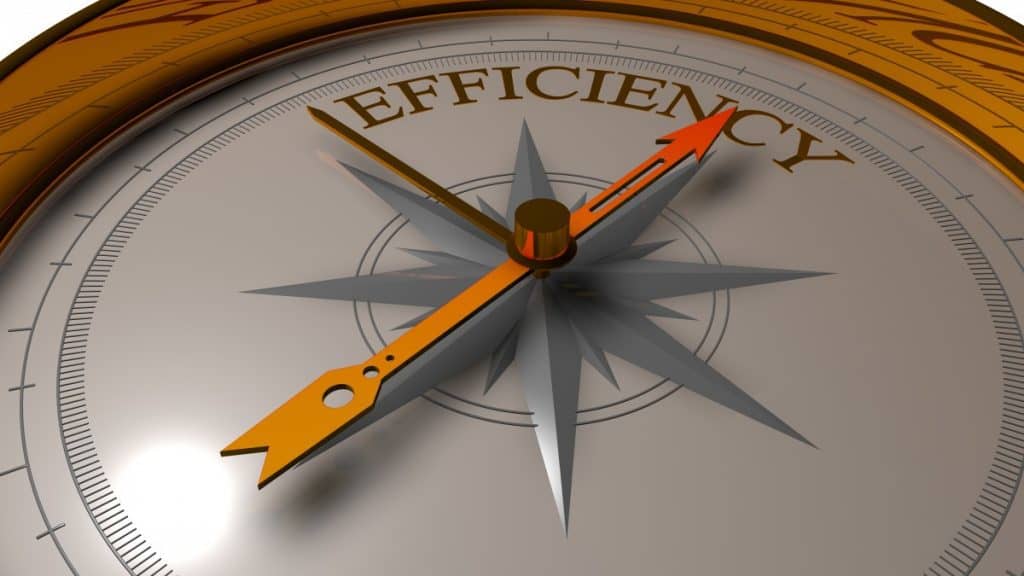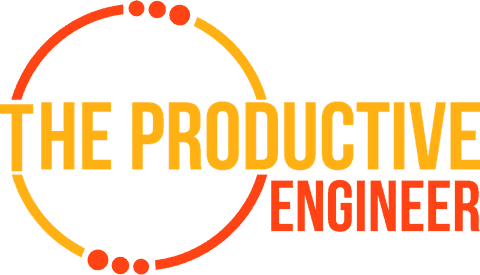Being Effective vs Being Efficient – Keys to Success

We all want to be effective and efficient. But many times these two different concepts get mixed together interchangeably. What does it mean to be effective and what does it mean to be efficient? What is the relationship between efficiency and effectiveness? Those are the questions that we will answer in this blog post.
So what is the difference between being effective vs being efficient? Simply put, being effective is getting done what needs to get done while being efficient is getting something done as quickly as possible.
Enclosed below is a chart that will detail what being affective is and what being efficient is:
| Quality | Distinction |
|---|---|
| Being Effective | Being effective is getting the important done consistently |
| Being Efficient | Getting tasks done well as quickly as possible regardless of whether the task is important or not |
Before we get started with the article, if you are looking to learn pretty much anything, you should really check out SkillShare. Skillshare is an online learning platform with courses on pretty much anything you want to learn. To learn more about Skillshare and its vast library of courses and get TWO FREE MONTHS of UNLIMITED CLASSES, click the link below:
SkillShare – Online Learning Platform
If you are looking for the best study tools out there, you should read our article on the best study tools to enhance your studying at the link below:
The Ultimate Study Tools You Must Use to Succeed!
Being Effective

Let’s explore effectiveness and how that relates to productivity. Effective this is getting done what needs to get done. Effectiveness is focused on the important at the expense of the trivial. What I mean by this is that you can get a lot of trivial tasks done. However, that does not make you effective. In fact, it actually makes you ineffective. No matter how many are important tasks you complete, you will not be effective. That’s just reality. You need to focus on the important tasks and get those done consistently in order to be effective.
Being Efficient
Being efficient is different. Being efficient actually has little to do with the task you’re doing as much as how fast you get it done. Efficiency is all about the critical path to getting something done, regardless of whether that thing is important. Many people confuse efficiency with effectiveness. Efficiency has merit but only in the context of doing something that is important. I guess, at some level, there is value in getting the unimportant done quickly. However, it is easy to fall into the efficiency trap.

If you focus solely on being efficient without actually checking to see if what you were working on is important, your effectiveness will be greatly limited. Efficiency really is like 10% of being productive. Efficiency is the tweaks that you make to your workflow to get that 10% optimization. Efficiency should only be explored once you have determined the hierarchy of things that you want to get done. Hierarchy is the ranking of importance from most to least of each task in your to-do list. Before you start on your to-do list, you should always assess the relative importance of the tasks on the list.
In fact, it pays to have two lists:
- A todo list
- A don’t do list
Items on your to-do list are the things that are important that you need to get done. Conversely, the don’t do list is a list of the things that are unimportant and should not be done (or at least should be done after the items the todo list).
Be Productive – Being Efficiently Effective
Efficiency is doing the thing right. Effectiveness is doing the right thing.
Peter Drucker
This brings us to productivity. Well, there are a ton of definitions for productivity, my personal definition of productivity is being efficiently effective. This definition is concise it captures the essence of productivity. The first step in being protective is effectiveness. As we discussed earlier in this article, being effective is determining the important task and focusing on them while eliminating the unimportant. There is a ruthlessness to true effectiveness. It is easy to rationalize the unimportant as important. Some tasks are easier to do or more pleasurable to do. This could lead to the miss-classification of these tasks as important simply because they are less burdensome. You must be ruthless at evaluating your tasks and classify them accordingly. This is one of the key steps to being effective.

Once you have identified what is important, you need to evaluate the importance of each task relative to the other tasks on the list. This will give you an ordered sequence for your tasks. It is essential to respect the order as much as possible. It is easy to push off the heart tests even if they are the most important on your list. The human brain has a natural tendency to try to avoid pain and our brains attach feelings of pain to hard tasks. The key to mastering your mind and getting yourself to consistently push through is to simply not allow yourself to skip those tasks. At first, it will be difficult. You will really want to push off those tasks. Don’t do it! You must get the most important things done first.
Fine-tuning Your Workflow – Where Efficiency Comes In
What you have created your hierarchical list of tasks from the most important to least important, you need to now think about efficiency. Identification of the important was our first step but now we want to get through these tasks thoroughly (i.e. effectiveness) but we also want to be efficient. There are many different ways to be efficient or to attain efficiency in your work process. Grouping items by location or tools that you need to get them done are a couple of ways to be efficient.
For example, if you find yourself doing a lot of calculations, may make sense to leverage spreadsheet applications like Microsoft Excel or Google Sheets. In fact, if you find yourself doing repetitive tasks it seems they take a long time, it may make sense to look for optimized workflows. There might be certain tools or techniques that can speed up the time it takes to get the test done. Templates are frequently one example that could help reduce the time to get something done by eliminating rework.

Scheduling like tasks together is another way to be efficient. If you have a bunch of work that requires a computer, it makes sense to group those tasks to one block and knocked him off one at a time before proceeding to the next group of tasks. The key is evaluating the importance of the task versus the efficiency gained by grouping them together. For example, if you have five tasks that require a computer but all five are relatively unimportant compared to other tasks, do the tasks in order of importance. However, if the tests all have relatively similar levels of importance, group your tasks and do them as a group.
Summary
I hope this article explains the differences between efficiency and effectiveness and how they work together to make you productive. Efficiency is how quickly you can get something done while effectiveness is getting the important done. Efficiency and effectiveness work together to make you productive or, if not implemented properly, will leave you to be unproductive or simply efficient at the unimportant.
Want More Tips and Tricks? Subscribe to our Newsletter!
If you haven’t already subscribed, please subscribe to The Productive Engineer newsletter. It is filled with tips and tricks on how to get the most out of the productivity apps you use every day. We hate spam as much as you do and promise only to send you stuff we think will help you get things done.
Check Out Our YouTube Channel!
We have a YouTube channel now and we are working hard to fill it with tips, tricks, how-tos, and tutorials. Click the link below to check it out!
Check out our Resources Page
Check out our resources page for the products and services we use every day to get things done or make our lives a little easier at the link below:






